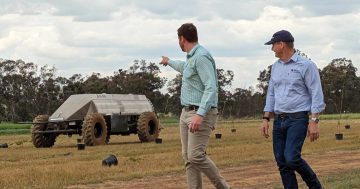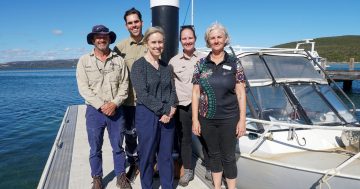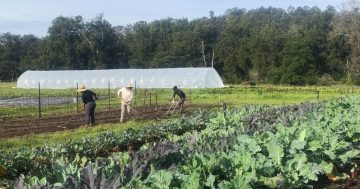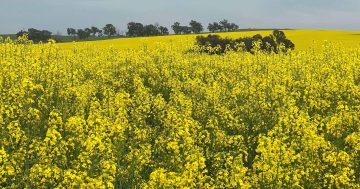 Research by the Department of Primary Industries and Regional Development (DPIRD) has been on show at the national Soil Science Australia conference in Darwin.
Research by the Department of Primary Industries and Regional Development (DPIRD) has been on show at the national Soil Science Australia conference in Darwin.
Principal Research Scientist at the DPIRD, Tim Overheu gave an overview of the implementation of the WA Soil Health Strategy to support the sustainable management of the State’s agricultural land.
“The implementation plan aims to maintain and increase ground cover to reduce soil degradation risk and explore opportunities for soil carbon sequestration to support the State’s net carbon neutral by 2050 target,” Mr Overheu (pictured) said.
“This is to be achieved by improving land management through the adoption of innovations such as market-driven sustainable agricultural practices and agroforestry, alongside measurement, monitoring and support for stakeholders.”
Other DPIRD presentations covered production research, such as soil re-engineering, liming, deep tillage and overcoming production constraints, including soil acidity, compaction, water repellence and nutrient decline.
The Department is also focused on Agricultural Resource Management and Assessment for sustainable horticulture development in northern WA.
Manager of Soil Science and Crop Nutrition, Chris Gazey has worked on the use of lime to address soil acidification for more than 30 years.
Mr Gazey told the conference a recent analysis of more than 40,000 soil samples from the Avon River Basin found pH levels had improved in recent years to above-target levels in surface and sub-surface layers.
“There has been measurable improvement in soil condition from the application of lime to ameliorate acidic soil, with 70 per cent of WA farms applying lime in 2021, substantially above the national average of 38 per cent,” Mr Gazey said.
Over the six-day gathering, DPIRD presentations and posters, together with the launch of a SoilsWest soil quality eBook, featured research and development outcomes covering biosecurity, biodiversity, horticulture, viticulture, soil biology, novel data science techniques, and monitoring resource conditions under the Soil and Land Conservation Act.











